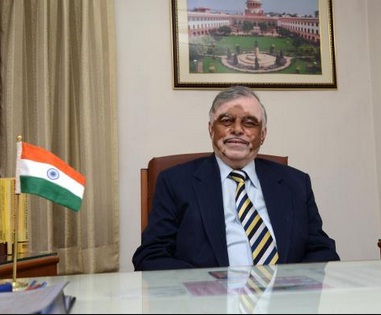Martina Hingis was inducted in Tennis Hall of Fame
32 Year old Swiss tennis legend Martina Hingis was inducted
in Tennis Hall of Fame on 13 July 2013.
With the induction she became the fourth youngest members to
be included in the tennis hall of fame., followed by Tracy Austin (30), Bjorn
Borg (31) and Hana Mandlikova (32).
She belongs to Czechoslovakia
A brief
insight into Martina Hingis’ Career
• She had won three Australian Open titles (1997, 1998,
1999), one Wimbledon (1997) and a US Open title (1997).
• She held the number one ranking for 209 weeks. She also
won nine grand slam doubles titles and a mixed doubles title.
• In June 2011, she was named one of the "30 Legends of
Women's Tennis: Past, Present and Future" by Time.
• In 1997, Hingis became the undisputed World No. 1 women's
tennis player.
• In 1998, Hingis won all four of the Grand Slam women's
doubles titles, only the fourth in women's tennis history to do so.
• In 2001, Switzerland, with Hingis and Roger Federer on its
team, won the Hopman Cup.
• In February 2003, at the age of 22, Hingis announced her
retirement from tennis, due to her injuries and being in pain.
• In February 2005, Martina Hingis made an unsuccessful
return to competition at an event in Pattaya, Thailand, where she lost to
Germany's Marlene Weingärtner in the first round.
• She is counted as the most successful player to play the
Toray Pan-Pacific Tournament with 5 wins in 1997, 1999, 2000, 2002, 2007, and
reached 8 finals in 1997, 1998, 1999, 2000, 2001, 2002, 2006, 2007


